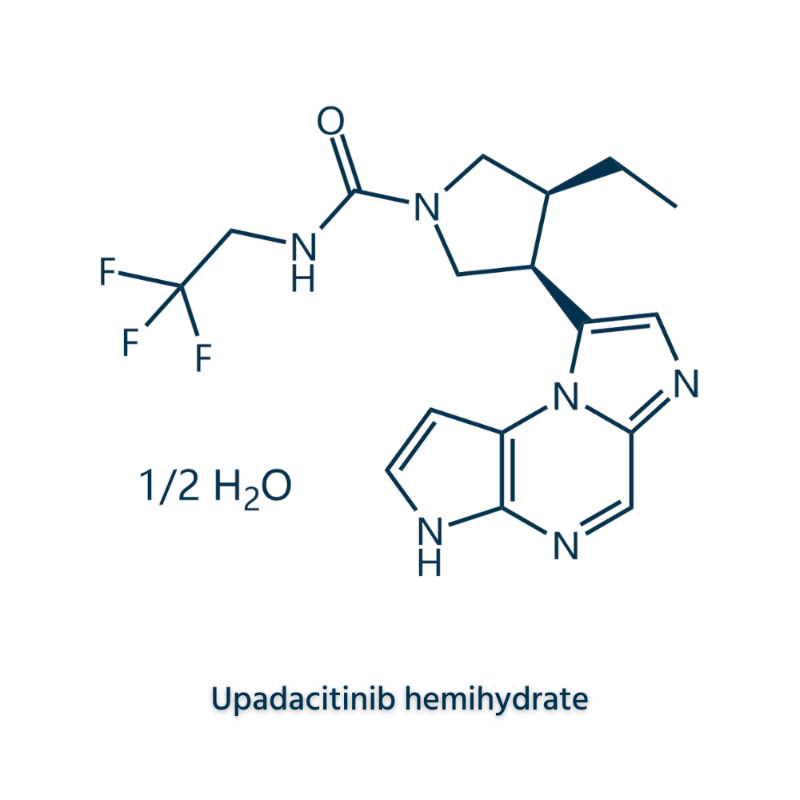-
Categories
-
Pharmaceutical Intermediates
-
Active Pharmaceutical Ingredients
-
Food Additives
- Industrial Coatings
- Agrochemicals
- Dyes and Pigments
- Surfactant
- Flavors and Fragrances
- Chemical Reagents
- Catalyst and Auxiliary
- Natural Products
- Inorganic Chemistry
-
Organic Chemistry
-
Biochemical Engineering
- Analytical Chemistry
-
Cosmetic Ingredient
- Water Treatment Chemical
-
Pharmaceutical Intermediates
Promotion
ECHEMI Mall
Wholesale
Weekly Price
Exhibition
News
-
Trade Service
Ref: Leu K,et al.J Neurooncol.
2017 Aug;134 (1):177-188doi: 10.1007/s11060-017-2506-9Epub 2017 May 25.:MRI perfusion weighted imaging and dispersion-weighted imaging are still controversial in identifying histological subtypes of WHO II-III diffuse gliomas (e.gastrocytes and less protrusive glioblastomas in the 2007 WHO glioma classification) and genotype (such as 1p/19qglio classification in 2016)To this end, Kevin Leu of the Brain Tumor Imaging Laboratory at the University of California, Los Angeles, USA, reviewed clinical data on 65 patients with WHO II-III adult gliomaResults were published in JOn Neurocol, August 2017the authors collected data on 231 patients with WHO II-III adult glioma streats from 2010 to 2016Subjects screened by inclusion criteria: WHO II-III-grade glioma sqfor tissue credit; preoperative imaging examination included, MRI Dynamic Sensitivity Comparison (DSC) perfusion weighted, dispersion weighted, T2-weighted and T1-weighted enhanced imaging; histological diagnosis as astral cytoma, hybrid glioblastoma or less sudden glioma; and molecular biology diagnosis as idh1 mutation and 1p/19q deficiency cocollomaExcluding 1p/19q total missing patients with combined IDH1 wild type (due to rare and small sample size, only 1 case each in grade II and III tumors)Finally, 65 patients were selected, of which 38 were male and 27 were female, 21-85 years old, with an average age of 46.5 to 15.8 years, and who was graded, WHO II 31 and WHO III 34glioma histological subtypes have astrocyma and less protogliote cell tumors, genotypes have 1p/19q complete or co-missing states, IDH1 mutant or wild (MUT/WT) states MRI-T2(median relative cerebral blood volumer,CBV)(apparent diffusion coefficient,ADC)。 in using the Bootstrap hypothesis test to compare differences between glioma subtypes, and when using a multi-factor logic regression model to analyze the 1p19q plus and 1p19q gene subtypes of WHO II-III gliomas, found that rCBV and ADC values were in star cells There was no significant difference between tumors and less protoplastic cell tumors, and the difference between ADC and genotype was statistically significant (p.0016), especially between idh WT and IDH /1p19q plus (p.0.0013) Idh /1p19q and , the median ADC value is higher; in idh WT , rCBV is higher and ADC is lower; and in the idh
MUT /1p19q , the.3 glioma in the , rCBV and ADC are in the middle of the grade II glioma analysis of the application of multi-factor logic regression model shows that the idh The AUC values for II and III gliomas of THE WT and IDH MUT were 0.84 (p 0.0001, 74% sensitivity, 79% specificity) In the idh MUT of class II and III gliomas, a separate multifactoric logic regression model analysis suggests that there were significant differences between 1p19q plus and 1p19q and of the ii and III gliomas, with an AUC value of 0.80 (p-0.0015, 64% sensitivity, 82%) of specificity) ADC's identification of glioma genotype subtypes graded by WHO in 2016 is more beneficial than identifying gliomas rated by who in 2007 characterized by histology The results show that the combination of rCBV, ADC, MRI-T2 sequence high-signal tumor volume and enhanced performance is an effective means of non-invasive identification of the genetic subtype of glioma molecules finally, the authors note that the study showed that ADC was closely related to the genotype classification of WHO graded glioma in the 2016 edition, while the characteristic changes were smaller in the 2007 edition of the hetology classification of glioma ADC combined with rCBV, MRI-T2 sequence high-signal tumor volume and enhanced performance helps distinguish between IDH wt and IDH glioma and IDH MUT /1p19q plus and IDH MUT /1p19q -
gliomas.







